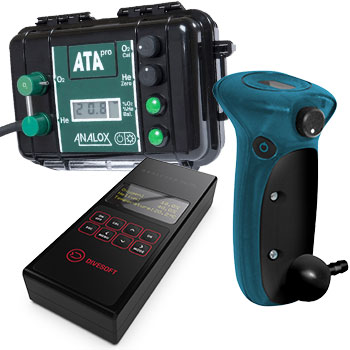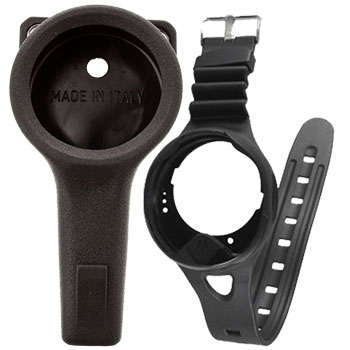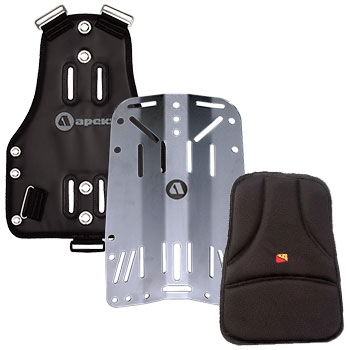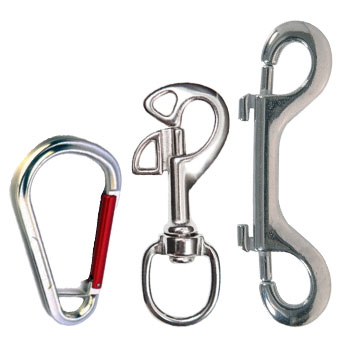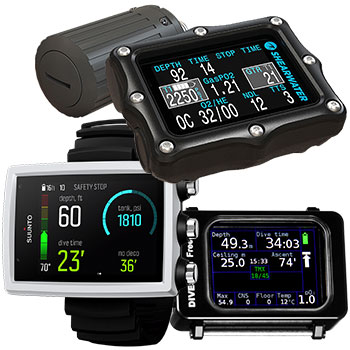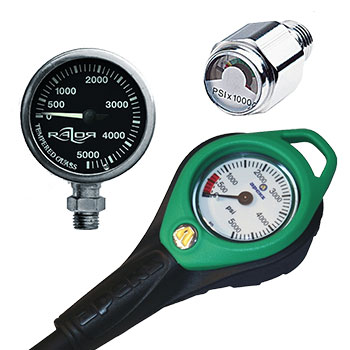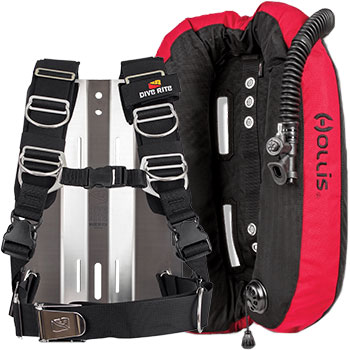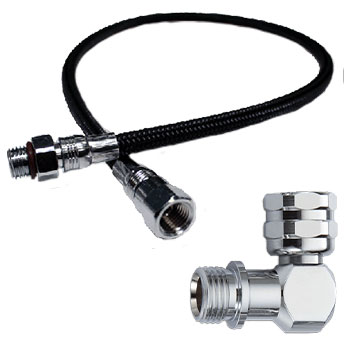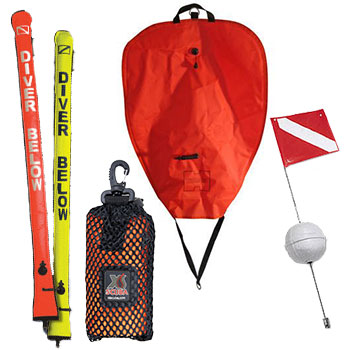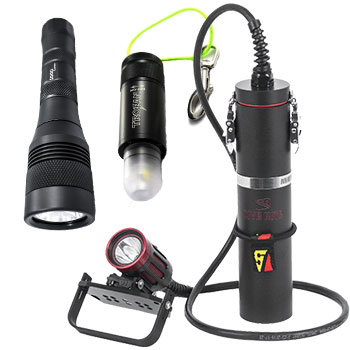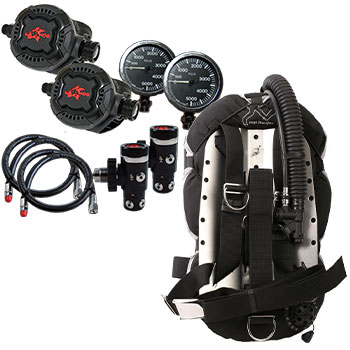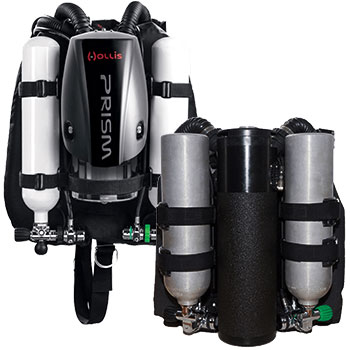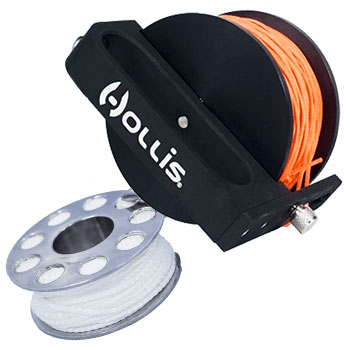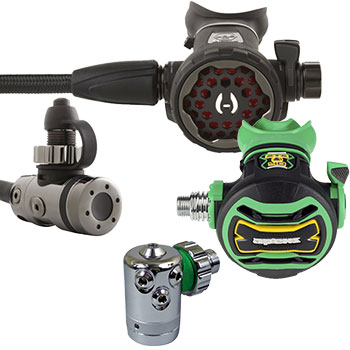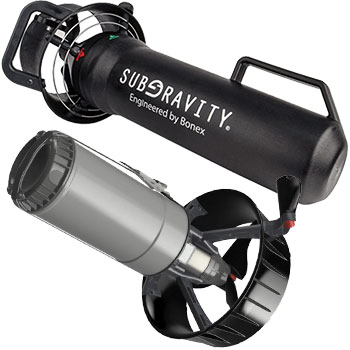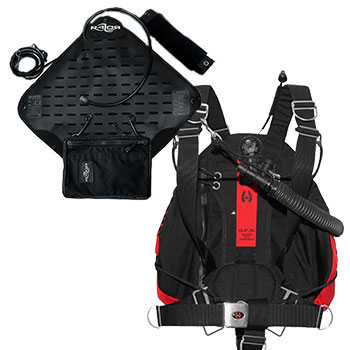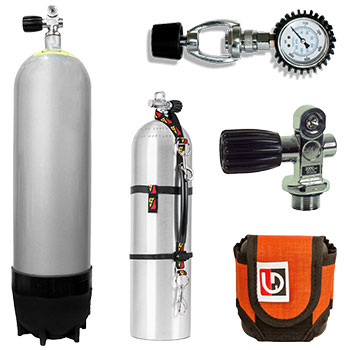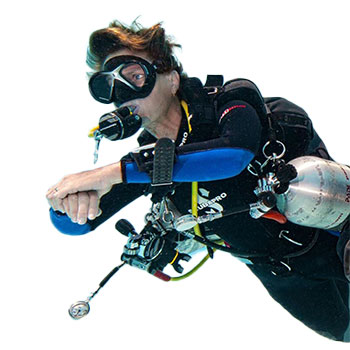Technical Diving
Learn MoreTechnical Diving
Technical diving presents a fascinating frontier for us here at Dive Right in Scuba, broadening the scope of underwater exploration beyond the conventional boundaries set by recreational diving. When we engage in technical diving, we immerse ourselves in more challenging environments and embrace a variety of advanced techniques that require specialized equipment. This discipline of diving is about pushing the envelope, exploring deeper waters, mysterious caves, and historic shipwrecks, places few divers have the privilege to witness. It’s diving not just as a pastime, but as a commitment to discovering what lies beneath the surface.
In technical diving, the importance of proper training and extensive experience cannot be overstated. The preparation that we undergo equips us to manage the additional hazards and increased risks associated with these extreme diving conditions. Unlike recreational diving, here we utilize varied gas mixtures, such as trimix and heliox, and gear configurations like sidemount or rebreathers, which are essential for safely extending our bottom times and reaching greater depths. Our approach at Dive Right in Scuba ensures all technical divers have access to the most sophisticated equipment and knowledge available.
Safety in technical diving is paramount, as the nature of these dives means we don't have the immediate option to ascend to the surface. Each dive is carefully planned; we consider factors like decompression stops, non-standard gas mixes, and potential overhead environments that change the dynamic of a regular dive. It's a systematic and thrilling way to dive that rewards with unparalleled experiences beneath the waves. Our products cater to the technical diver’s needs, ensuring that your venture into the profound depths is backed by quality and reliability.

